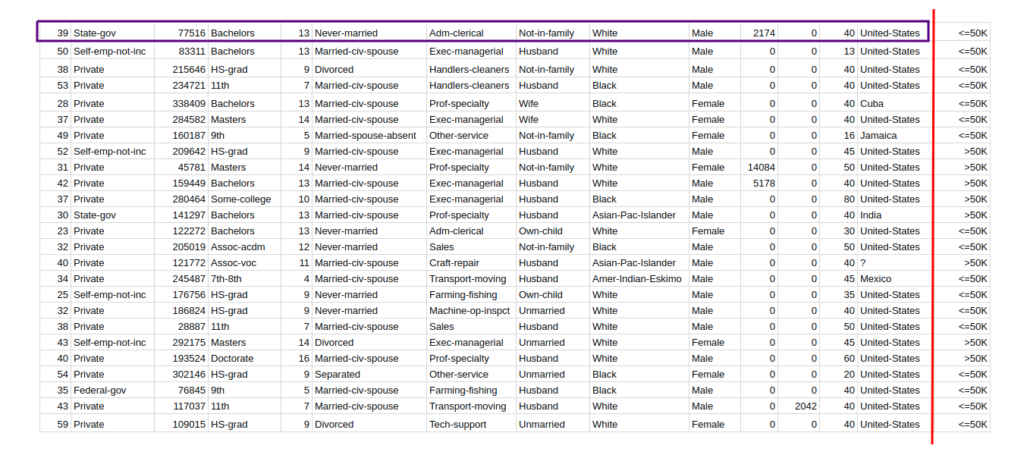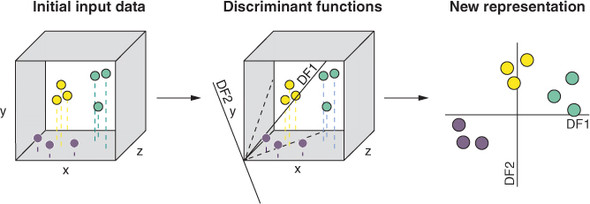Machine learning is an incredibly powerful tool that has revolutionized many industries. However, as with any tool, it has its limitations and challenges. One of the most significant challenges in machine learning is the issue of false positives. False positives occur when a machine learning algorithm incorrectly identifies something as positive when it is, in fact, negative. This can lead to serious problems, particularly in fields like healthcare and finance, where incorrect decisions can have far-reaching consequences.
Reducing false positives in machine learning is a critical task that requires a deep understanding of how these algorithms work and the factors that influence their decisions. From choosing the right data sets to implementing the most effective algorithms and techniques, there are many strategies that can be employed to reduce the incidence of false positives. In this article, we will explore some of the most important steps that you can take to minimize the risk of false positives and ensure that your machine learning models are as accurate and reliable as possible.
- Understand the implications of false positives.
- Improve data quality.
- Optimize the model hyperparameters.
- Use ensemble methods to combine different models.

How to Reduce False Positives in Machine Learning
Machine learning is a powerful tool for making accurate predictions, but it can be difficult to reduce false positives. False positives are predictions that are incorrectly classified as true, and they can lead to costly mistakes. In this article, we’ll look at the steps you can take to reduce the rate of false positives in your machine learning models.
Understand the Data
The first step to reducing false positives is to understand the data you are working with. This includes researching the data and analyzing it to identify patterns and trends. By understanding the data, you can create more accurate models that are better able to identify true positives.
You should also be aware of any potential sources of bias in the data. For example, if the data is from a survey, it may be biased toward certain groups or demographics. If the data is from a medical study, it may be biased toward certain conditions or treatments. Being aware of this bias can help you create more accurate models.
Create Robust Models
The next step is to create robust models that are more likely to produce accurate results. This includes using the right algorithms and hyperparameters, as well as running multiple tests to determine the best model. You should also be aware of common pitfalls and make sure to avoid them. For example, you should avoid overfitting the data, which can lead to inaccurate predictions.
You should also create models that are able to identify both true and false positives. This can help you identify potential false positives before they become a problem. This can be done by using techniques such as cross-validation, which involves testing a model on data that it hasn’t seen before.
Evaluate Performance Metrics
Once you have created a model, you should evaluate its performance metrics. This includes measuring accuracy, precision, recall, and F1 score. These metrics can help you identify any potential issues with the model and determine which areas need to be improved.
You should also keep track of the false positives that the model produces. This can help you identify areas where the model is not performing as well as it should. You can then use this information to improve the model and reduce the rate of false positives.
Implement Techniques to Reduce False Positives
Once you have identified any potential issues with the model, you can begin to implement techniques to reduce false positives. This can include using oversampling or undersampling to balance the classes, as well as feature selection to identify which features are most important.
You should also consider using data augmentation to create more data points and reduce the risk of overfitting. Additionally, you can use regularization methods such as L1 or L2 regularization to reduce the complexity of the model.
Monitor Model Performance
Finally, you should monitor the performance of the model over time. This can help you identify any changes in the rate of false positives and determine whether the model is still performing as expected. You should also be aware of any changes in the data that may affect the model’s performance.
By following these steps, you can reduce the rate of false positives in your machine learning models. Understanding the data, creating robust models, evaluating performance metrics, and implementing techniques to reduce false positives can all help you create better models that are more accurate and reliable.
Frequently Asked Questions
Below are some of the frequently asked questions about how to reduce false positives in machine learning.
What is a False Positive in Machine Learning?
A false positive in machine learning occurs when a model incorrectly predicts that an example belongs to a certain class when it actually does not. For example, a model might predict that an email is spam when it is actually a legitimate message. False positives can have serious consequences, as incorrect predictions can lead to incorrect decisions being made.
What Steps Can Be Taken to Reduce False Positives?
There are several steps that can be taken to reduce false positives in machine learning. The first step is to ensure that the data being used to train the model is of high quality. This means that the data should be clean, accurate, and correctly labeled. Additionally, it is important to use a variety of data sources and to use a variety of algorithms to train the model.
Another step that can be taken to reduce false positives is to use cross-validation and/or regularization techniques. Cross-validation is a technique that splits the data into multiple subsets and then evaluates the model on each subset. Regularization techniques add a penalty to the model for incorrectly predicting examples.
Finally, it is important to use tools such as confusion matrices and precision-recall curves to evaluate a model’s performance. These tools can help to identify patterns in the data that are contributing to false positives.
What Are Some Examples of False Positives?
An example of a false positive in machine learning is when a model predicts that an email is spam when it is actually a legitimate message. Another example is when a model predicts that a customer will respond to a marketing campaign when they actually won’t. False positives can also occur when a model predicts that a customer will buy a product when they actually don’t.
What Are the Consequences of False Positives?
False positives can have serious consequences, as incorrect predictions can lead to incorrect decisions being made. For example, if a model predicts that a customer will respond to a marketing campaign when they actually won’t, then the company may waste money on the campaign. Similarly, if a model incorrectly predicts that an email is spam when it is actually a legitimate message, then the company may miss out on important messages.
How Can False Positives Be Avoided?
False positives can be avoided by ensuring that the data being used to train the model is of high quality and by using a variety of algorithms to train the model. Additionally, it is important to use cross-validation and regularization techniques, as well as evaluation tools such as confusion matrices and precision-recall curves. Finally, it is important to monitor the model’s performance to ensure that it is not producing too many false positives.

Whether We Should Reduce False Positive Or Negative In Confusion Matrix-Machine Learning Interviews
In conclusion, reducing false positives in machine learning is a crucial task that requires a deep understanding of the algorithms, data sets, and the specific problem being tackled. The process involves careful selection and preparation of data, optimization of algorithms, and thorough testing to ensure that the model performs accurately and efficiently. It also requires constant monitoring and refinement to keep up with the changes in the data and the environment.
As machine learning continues to revolutionize various industries, reducing false positives will become even more critical to ensure that the models are reliable and trustworthy. By following the best practices in reducing false positives, organizations can achieve better results, make informed decisions, and ultimately, improve their bottom line. It may take some time and effort, but the benefits of reducing false positives in machine learning are well worth the investment.



I haven¦t checked in here for a while since I thought it was getting boring, but the last several posts are great quality so I guess I will add you back to my everyday bloglist. You deserve it my friend